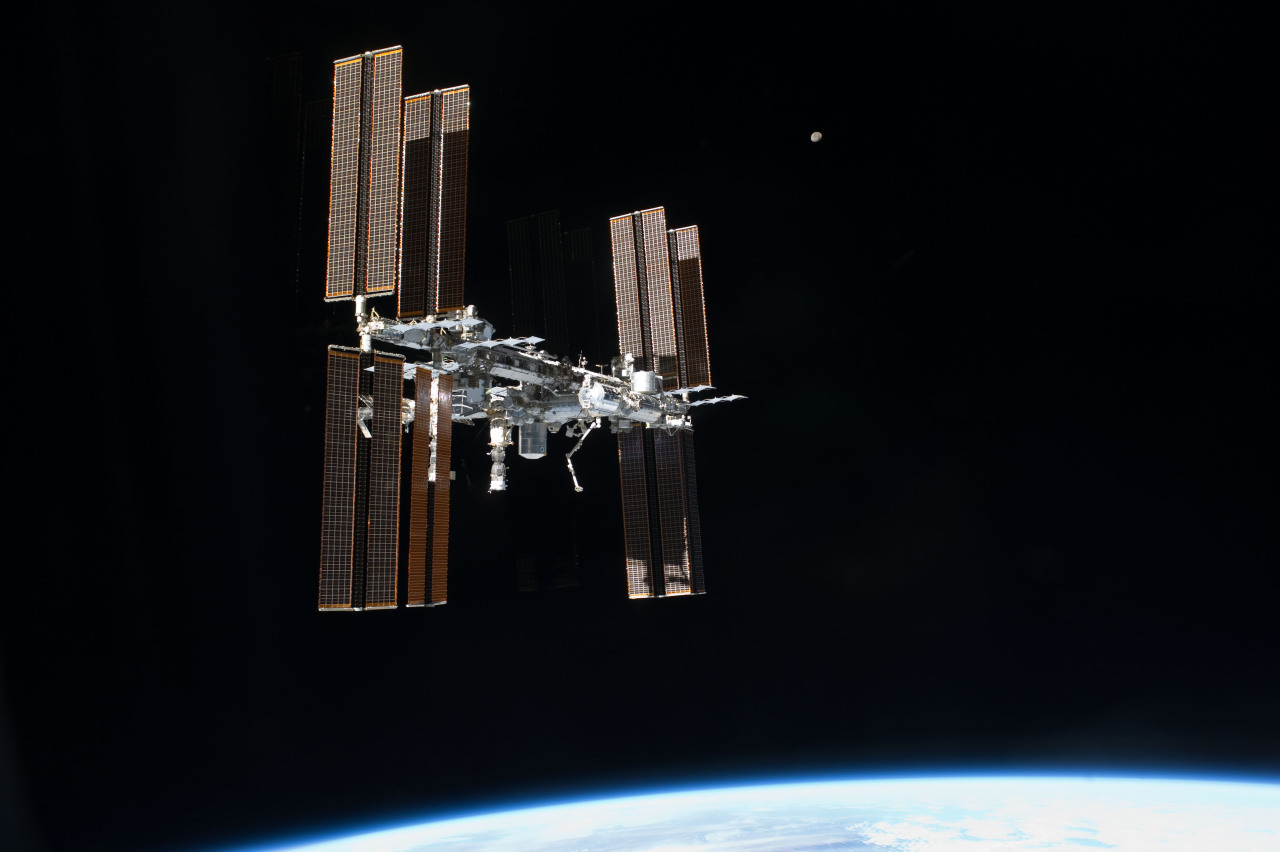Voxeling - Transparent cutouts
The voxeling engine now supports textures with transparent cutouts. Thus, leaves!
Will write about what I’ve learned along the way later. Check the voxeling project on github to see what it took, or to play around with it on your own.
Continue reading15 Years of the International Space Station

The ISS has been housing astronauts continuously for the past fifteen years (press release here).
That’s cause for a celebration!
Continue readingBrutal Moose reviews Restaurant Empire II
Voxeling - New engine
Five months ago I started messing around with voxel-engine and it has thoroughly re-kindled my love for measuring and optimizing code. You can see a demo of my project in my previous video post. However, I’ve taken the three.js-based engine as far as it can go. I want to increase the draw distance, want world chunks to load and draw faster, to make changes to the physics engine and reign-in the garbage collection pauses (caused by excessive memory allocation). So I took the plunge, and I’m now 1.5 months into a full re-write of the voxel-engine code. The good news is that I finally have something to show (the image above).
Continue readingVoxeling - New features
Wanted to show some of the new features I’ve added to the voxel game: maps and streamlined mouse/keyboard input handling!
The revamped input handling also includes support for game controllers, but it’s not complete yet, so don’t tell anyone.
Continue readingVoxeling
I’ve been writing about an in-browser voxel game project of mine over at voxeling.tumblr.com. The game – if it can actually be called that (probably not) – is built on a JavaScript game engine for building minecraft-like environments. If you want to try it out, contact me.
The following screenshot shows a lava flow created in-game using lava and obsidian textures. Credit for the textures and lava flow goes to phionabrie. (fullsize): 
Voxeling - Voxels from Tuesday night
I finally got voxeling to work from my linode server! And just in time for Tuesday night’s Meetup.
The night summed up in a phrase: “Thanks for digging!”

At one point we had four players simultaneously walking around, creating blocks, digging holes under each other. There remains a glitch where some players were invisible to the others, but other than that, things went quite well. Player position updates and world changes were relayed over the internet without any serious issues … until the node.js server app crashed due to an unexpected client disconnection. Gotta fix that issue eventually.
Continue readingVoxeling - Chunk draw distance
This week I decided to split the chunkDistance setting into horizontalDistance and verticalDistance. The chunk distance setting affects how far the player can see in the world. Technically, it determines how far from the player the world is drawn. With this change I can draw more of the world along the horizontal plane. This gives the player more visual landmarks and makes traveling long distances easier. If the draw distance is only around 100 meters or so it’s easy to get lost. Since there’s a limit on how many chunks I can draw in the world before gameplay starts to stutter, being able to set a shorter verticalDistance is helpful.
Continue readingVoxeling - Performance notes
I have an older Dell Inspiron laptop that’s been part of my life since 2007. One of my soft goals is for voxeling to run reasonably well on it, though things aren’t looking good at the moment. The simple voxeljs demos tend to run around 30fps but within my world I’m getting between 8 and 20fps. Not good. I blame the many many more voxels present in my world. I’m considering converting the engine to StackGL/WebGL (kinda like voxel-engine-stackgl), but more on that in a future post.
Continue reading